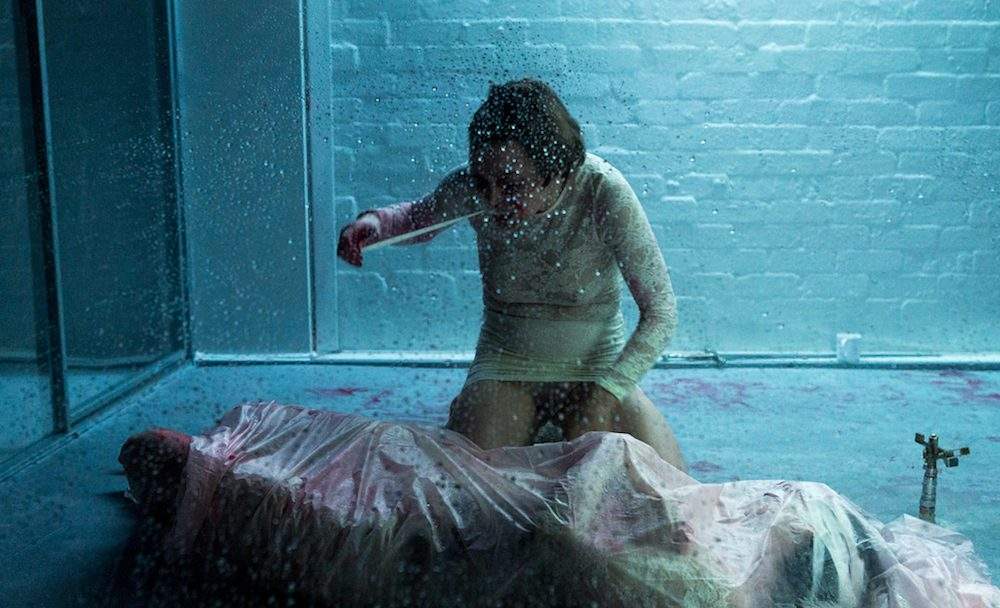Cain and Abel – The Rabble and Belvoir
Melburnian experimentalists The Rabble gender swap an Old Testament tale.
Overview
Some people are going to be very unhappy with Belvoir. After one recent play in which two women constantly murdering each other prompted loud revulsion (not from us), here is another female ensemble repeating the same act. For longer. More gruesomely.
In all fairness, though, it's totally different. The two companies take distinctly separate approaches to the theme of violence in life and on stage. Cain and Abel, from The Rabble, is aesthetically rich, mercilessly cerebral, and earnest in that very Melburnian way. Recently, the interstate experimentalists have turned pornography into art (The Story of O) and staged The Portrait of Dorian Gray as a presentational maze (Room of Regret). They don't go easy.
With Cain and Abel, they take a simple and intriguing premise: what would happen if the Biblical first act of violence was committed between sisters rather than brothers. Would it change how we see woman-on-woman violence? Would it be normalised? Would it be more explicit? Are women cursed to the cycle of violence just as easily as men?
The Rabble's strength is definitely in looks. Artistic directors Kate Davis and Emma Valente also designed the set and costume and the lighting and sound respectively. The production elements are the story here, as much as what's going on between actors. The group explores their theme in a glass-walled greenhouse that fills the tiny Belvoir Downstairs space. Shrouded in haze and periodically drenched by a sprinkler, performers and regular Rabble-aisians Dana Miltins (Cain) and Mary Helen Sassman (Abel) drift through the space, until Miltins swoops in for the kill. Rinse, repeat.
As their costumes deplete from Mormon to minimal, the iconography seems to get correspondingly more modern. The scenes hint at jealousy, disdain, competition and sadism — always carried through to their extreme. What it all means, it's hard to say. Unfortunately, The Rabble's own views on women and violence are communicated so opaquely that it is difficult to draw much significance from the gender-swap. It is more a presentation of female violence, whose meaning comes from your reaction to it. Are you repulsed? Disconnected? Turned on? That might matter.
If you're partial to a bit of open-endedness — particularly served bloody and phantasmagorical — then there's a lot to love in Cain and Abel. The work is imaginative and risky, its elemental imagery is powerful, and at a little over one hour, it doesn't overstay its welcome. Having the Rabble visit Sydney is a rare pleasure we could get definitely get used to.
Image by Brett Boardman.







